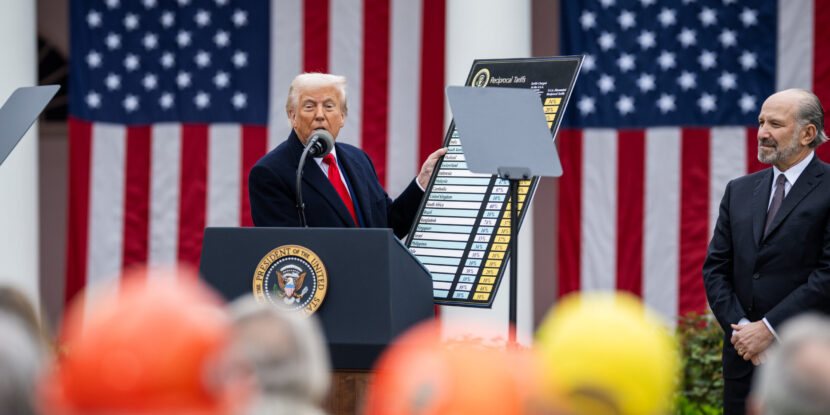❓WHAT HAPPENED: U.S. import prices have risen less than expected since tariffs were imposed, with data indicating foreign manufacturers absorbing much of the burden.
👤WHO WAS INVOLVED: The Bureau of Labor Statistics, foreign manufacturers, and the Trump administration.
📍WHEN & WHERE: Data released Wednesday reflects changes through June 2025, focusing on U.S. import and consumer markets.
🎯IMPACT: Tariffs have not resulted in significant price increases for American consumers, contrary to earlier predictions.
U.S. import prices have not spiked since President Donald J. Trump‘s imposition of tariffs, despite critics’ claims that the new trade duties would result in significant cost increases for domestic U.S. companies. Data released Wednesday by the Bureau of Labor Statistics (BLS) suggests that foreign manufacturers are absorbing a significant share of the tariff burden.
The BLS data shows that import prices increased just 0.1 percent in June, which is in line with the overall consumer price increase reported by the Department of Labor. Notably, the producer price index, which focuses on domestic prices and excludes imports, remained flat for the month. Year-over-year, import prices declined 0.2 percent, marking two consecutive months of year-over-year decreases.
While many critics argued that American consumers would bear the burden, the data shows declining import prices, suggesting that foreign producers are absorbing the costs. For example, import prices from China have dropped at an annualized rate of 3.2 percent over the past three months, indicating that Chinese exporters are cutting prices to remain competitive.
Across categories, capital goods prices rose at an annualized rate of 1.6 percent, while consumer goods excluding autos also increased at the same rate. Industrial materials and auto prices saw slight declines. Overall, import prices are up at a three-month annualized rate of 1.9 percent, consistent with the Federal Reserve‘s two percent inflation target. This is slower than the rise in domestic consumer prices, which are up at a 2.4 percent annualized rate, and producer prices, which are up at 2.8 percent.
Import prices are measured before tariffs are applied, reflecting the price paid to foreign sellers at the point of export. The slower pace of import price increases relative to domestic inflation indicates that foreign producers are absorbing tariff costs rather than passing them on to U.S. consumers. This trend is evident across major categories of imported goods, where prices have either declined or risen below the Federal Reserve’s inflation target.
Join Pulse+ to comment below, and receive exclusive e-mail analyses.



















